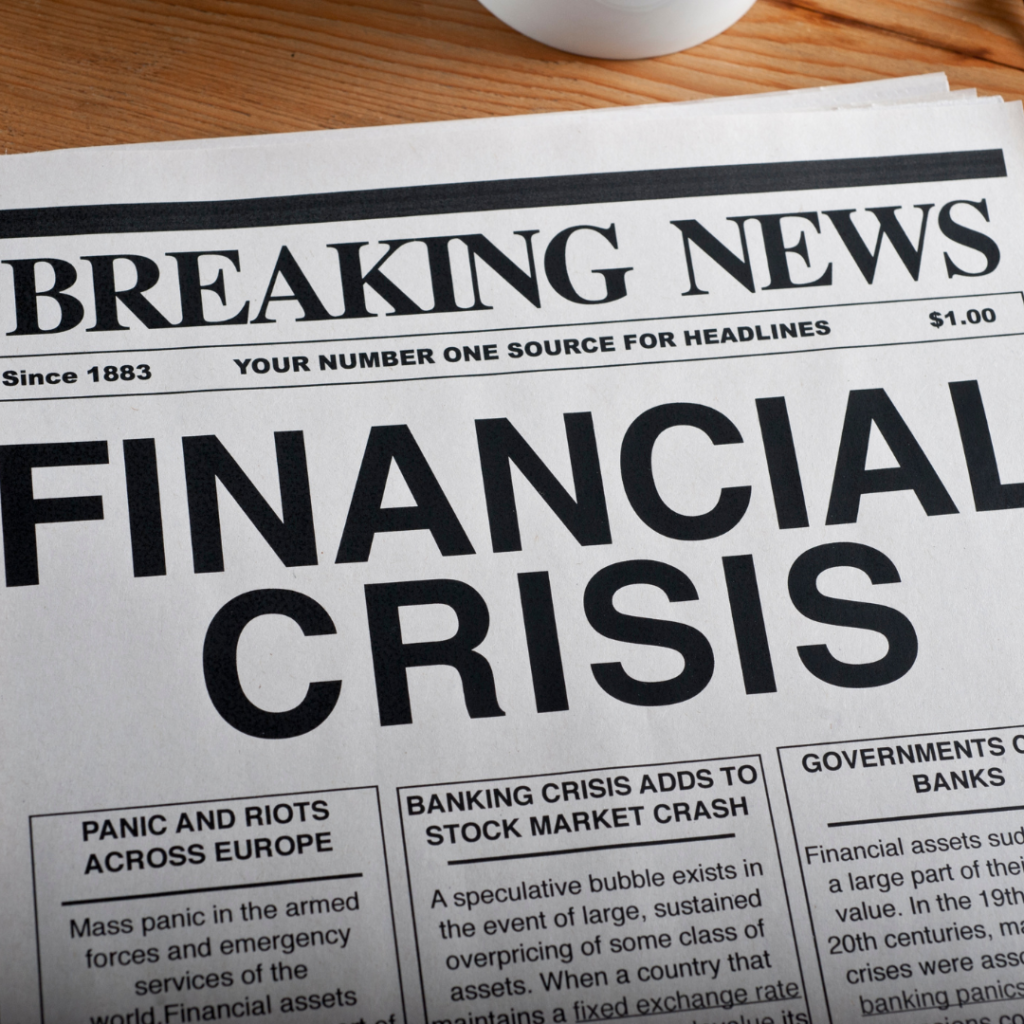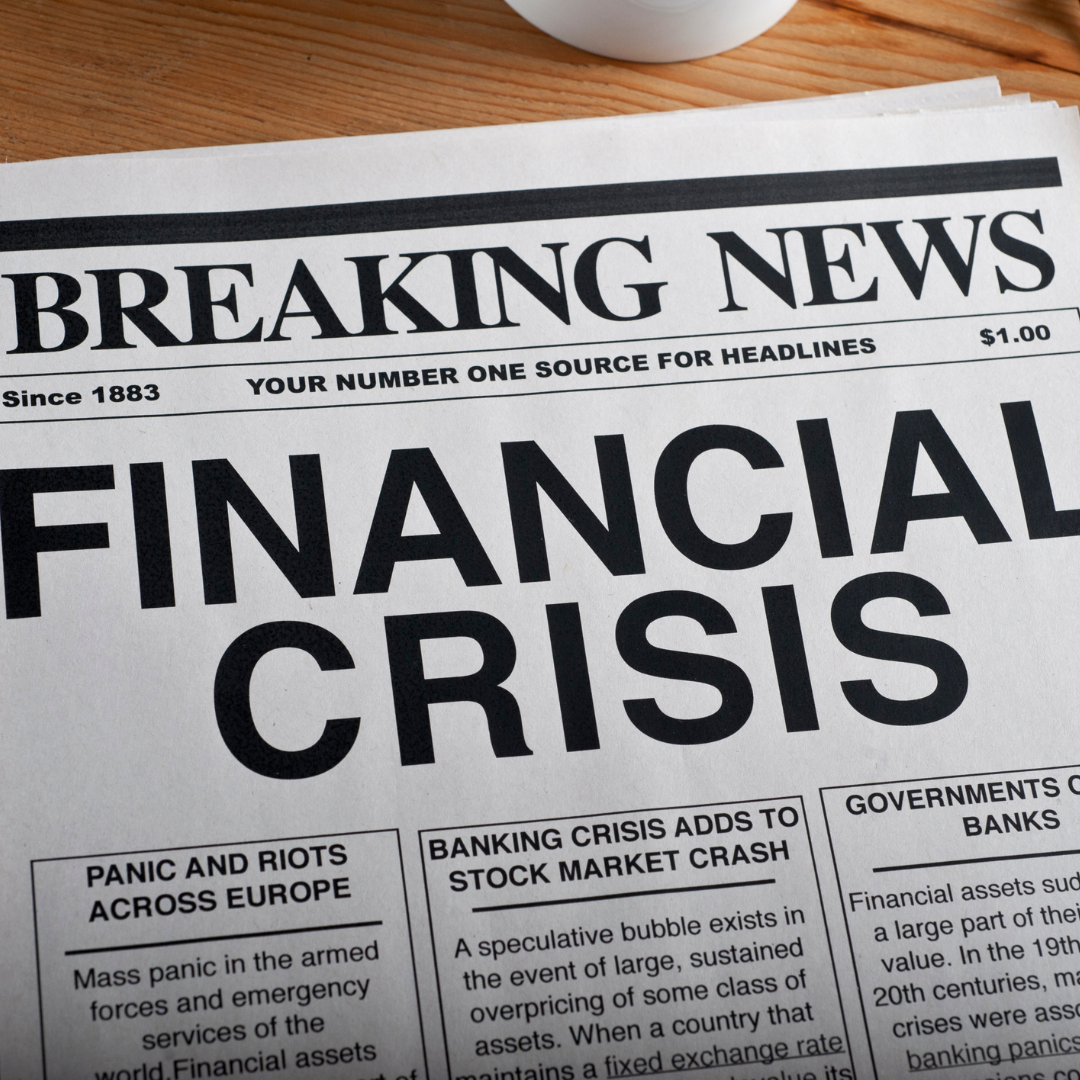Unraveling the Threads: The Global Financial Crisis of 2007-2008
The Global Financial Crisis of 2007-2008 stands as a watershed moment in the history of modern economics, shaking the foundations of the global financial system and leaving a lasting impact on economies worldwide. At its core, the crisis was triggered by the meltdown of the housing market, which unveiled a complex web of interconnected vulnerabilities within the global financial infrastructure. This article delves into the origins, repercussions, and lessons learned from this unprecedented event.
The Housing Market Meltdown
The roots of the crisis can be traced back to the United States housing market, where an unsustainable surge in housing prices fueled by subprime mortgage lending reached its zenith. Financial institutions, driven by the allure of quick profits, engaged in risky lending practices, extending mortgages to borrowers with weak credit histories. As housing prices soared, these subprime mortgages were bundled into complex financial instruments and sold to investors around the world.
The Domino Effect
When the housing bubble inevitably burst in 2007, triggered by a wave of mortgage defaults, financial institutions faced massive losses. The contagion spread rapidly as interconnected global financial markets transmitted the shockwaves. Major financial institutions, including Lehman Brothers, faced insolvency, sending shockwaves throughout the global financial system. The crisis reached a zenith in 2008, leading to a cascade of bank failures, government interventions, and a severe economic downturn.

Systemic Weaknesses Exposed
The crisis laid bare fundamental weaknesses in the global financial system. Financial institutions had engaged in excessive risk-taking without adequately assessing the potential consequences. Moreover, the lack of transparency in complex financial products such as mortgage-backed securities and collateralized debt obligations left investors unaware of the risks they were undertaking. This opacity magnified the panic and uncertainty that characterized the crisis.
Need for Improved Risk Management
One of the critical lessons drawn from the crisis was the imperative need for enhanced risk management within financial institutions. The excessive reliance on complex financial instruments, coupled with inadequate risk assessment, created a volatile environment that ultimately led to catastrophic consequences. Regulators and financial institutions recognized the necessity of implementing more robust risk management practices to safeguard against future crises.
Calls for Transparency and Accountability
Transparency and accountability emerged as linchpins for preventing a recurrence of such a crisis. The complexity of financial products and transactions highlighted the importance of clear and comprehensible information for investors. Regulatory bodies worldwide responded by pushing for increased transparency in financial markets, urging financial institutions to disclose the true nature of their assets and liabilities.
Regulatory Reforms
In the aftermath of the crisis, governments and international bodies undertook significant regulatory reforms to strengthen the global financial system. Measures included the Dodd-Frank Wall Street Reform and Consumer Protection Act in the United States, aimed at preventing a repeat of the 2008 crisis. Internationally, the Basel III framework sought to enhance the resilience of the global banking system by imposing stricter capital requirements and promoting better risk management practices.
Conclusion
The Global Financial Crisis of 2007-2008 was a seismic event that reshaped the financial landscape and prompted a reevaluation of the global economic order. While the scars of the crisis remain, the lessons learned have paved the way for crucial reforms. Improved risk management, transparency, and accountability have become central tenets in the ongoing effort to fortify the global financial system against future shocks. As economies continue to recover and evolve, the legacy of the crisis serves as a stark reminder of the importance of prudence, responsibility, and foresight in navigating the complexities of the financial world.




